Are you tired of having a lukewarm or cold shower every day? Do you wish to have a hot and invigorating shower experience? If so, then you might need to turn up the hot water in your shower. This guide will walk you through the steps on how to turn up hot water in shower.
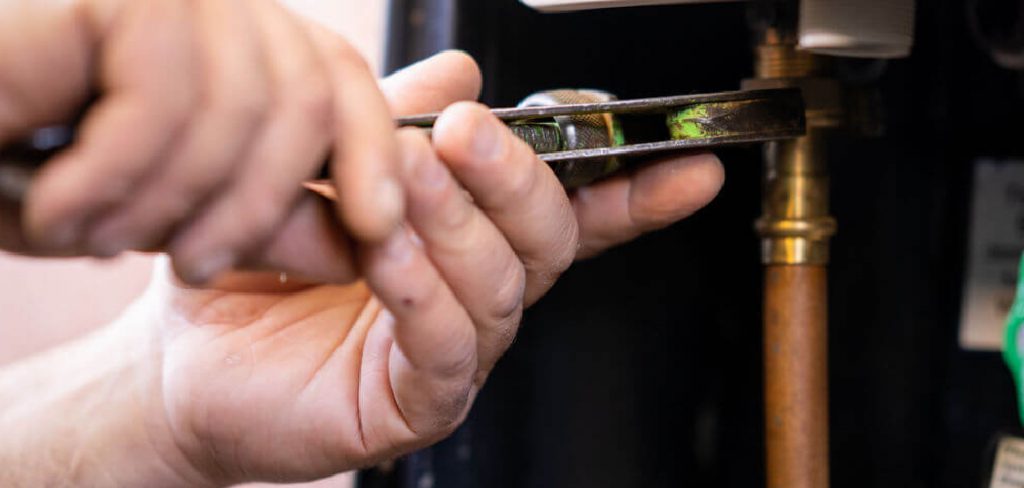
Taking a shower with water that’s not warm enough can be an unpleasant experience, especially during colder months. Adjusting the hot water in your shower can help ensure a more comfortable and relaxing bathing experience. Sometimes, the issue might be related to your water heater setting, shower control valve, or even a hidden safety limit.
This guide will take you through the steps to increase the hot water temperature safely and effectively so you can enjoy the perfect shower every time.
What Are the Benefits of Turning Up Hot Water in Shower?
Aside from the obvious benefit of having a hot and comfortable shower, there are other advantages to turning up the hot water in your shower. These include:
- Improved Hygiene: Hot water is known for killing germs and bacteria, making it more effective for cleaning your body.
- Better Relaxation: Hot showers have been proven to promote relaxation and relieve muscle tension, making it an excellent way to unwind after a long day.
- Increased Blood Circulation: The heat from hot water can improve blood flow, leading to better overall health.
What Will You Need?
Before you begin adjusting the hot water in your shower, make sure you have these essential tools:
- Screwdriver: This will be needed to adjust the temperature setting on your water heater or shower control valve.
- Thermometer: You will need this to measure the water temperature accurately.
- Protective Gear: It’s always a good idea to wear protective gear such as gloves and eye goggles when working with hot water to avoid potential accidents.
Once you have these tools, you can start turning up the hot water in your shower.
8 Easy Steps on How to Turn Up Hot Water in Shower
Step 1: Locate Your Water Heater
The first step in turning up the hot water in your shower is to locate your water heater. Typically, water heaters can be found in a utility room, basement, garage, or even a dedicated closet. Take some time to identify your water heater type—it could be either a gas-powered, electric, or tankless model. Understanding your water heater type is essential, as the temperature adjustment process may vary slightly depending on the model.
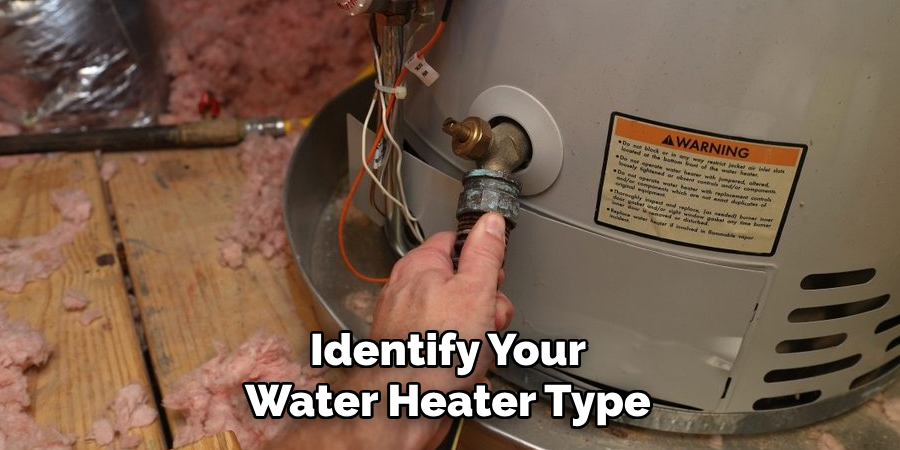
Once located, inspect the water heater for a temperature control dial or panel. Most water heaters will have a clear indicator showing current temperature settings, usually labeled in Fahrenheit or with ranges such as “Low,” “Medium,” and “High.” If you are uncertain how to access or identify the temperature control mechanism, refer to the manufacturer’s manual. This ensures safety and accuracy in adjusting the temperature.
Step 2: Adjust the Temperature Setting
Once you have located the temperature control on your water heater, adjust it to increase the hot water temperature. For water heaters with a dial, turn it slightly toward the “High” or desired setting—take care not to set it too high, as extremely hot water can pose a scalding risk. If your water heater has a digital display, use the buttons or controls to increase the temperature incrementally. A safe and commonly recommended setting is around 120°F (49°C), which provides hot water without excessive risk.
After adjusting, give the water heater some time to heat the water to the new setting. This process may take anywhere from 30 minutes to a few hours, depending on the type and size of your water heater. While waiting, test the hot water in your shower periodically to check if the temperature has reached your preferred level.
Step 3: Test the Water Temperature
Once the water heater has had sufficient time to adjust to the new temperature setting, testing the water temperature is essential to ensure it’s safe and at the desired level. Using a thermometer, fill a cup or bowl with hot water from the tap and measure the temperature accurately. Aim for a reading close to 120°F (49°C).
If the water is still not hot enough, you may need to increase the setting slightly and repeat the waiting process. However, lower the temperature to reduce the risk of burns or scalding if the temperature is too high. Be thorough in testing across various taps to ensure even heating throughout your home. Adjust as necessary until you achieve a comfortable and safe temperature.
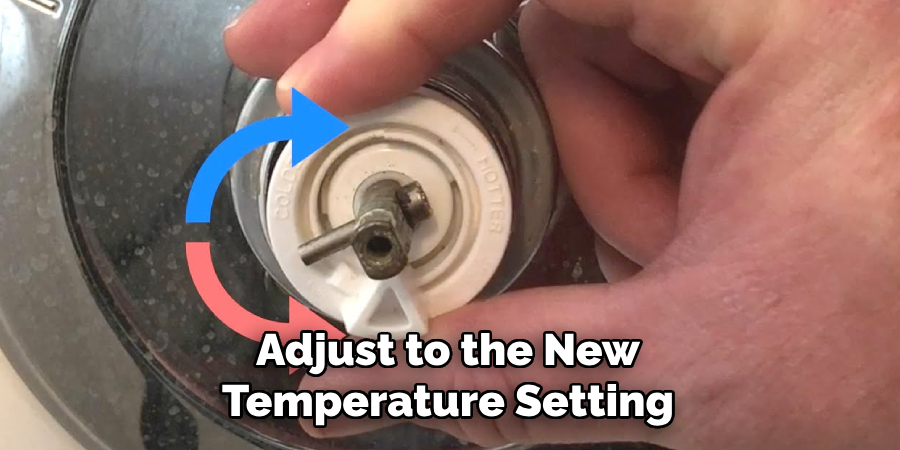
Step 4: Monitor Energy Efficiency
After adjusting the water heater to the desired temperature and ensuring it is evenly heating, monitoring its energy efficiency is a good idea. Lowering the temperature to 120°F (49°C) reduces the risk of burns and can also help lower energy consumption and utility bills. Check for any signs of inefficiency, such as prolonged heating times or inconsistent water temperatures, as these could indicate potential issues with the unit. Regular maintenance, such as flushing the tank to remove sediment buildup, can also help ensure optimal performance and energy savings over time.
Step 5: Schedule Routine Maintenance
To keep your water heater reliable and efficient, schedule routine maintenance at least once a year. This includes checking the anode rod for corrosion, testing the pressure relief valve, and inspecting for any leaks or rust in the tank. Regular maintenance helps prevent costly breakdowns and extends the lifespan of your water heater. If you are unsure about performing these tasks, consider hiring a professional plumber to conduct a thorough inspection and servicing. Proactive care ensures your water heater remains in good working order and provides hot water safely and efficiently.
Step 6: Upgrade to Energy-Efficient Models
If your current water heater is aging or no longer operating efficiently, consider upgrading to a modern, energy-efficient model. Tankless water heaters, for instance, provide hot water on demand and can reduce energy consumption by eliminating standby heat loss.
Alternatively, heat pump water heaters are another eco-friendly option that uses less electricity than conventional models. While the upfront cost of these systems may be higher, the long-term savings on energy bills and their smaller environmental footprint make them a worthwhile investment. Research the available options and select a model that best suits your household’s hot water needs and budget.
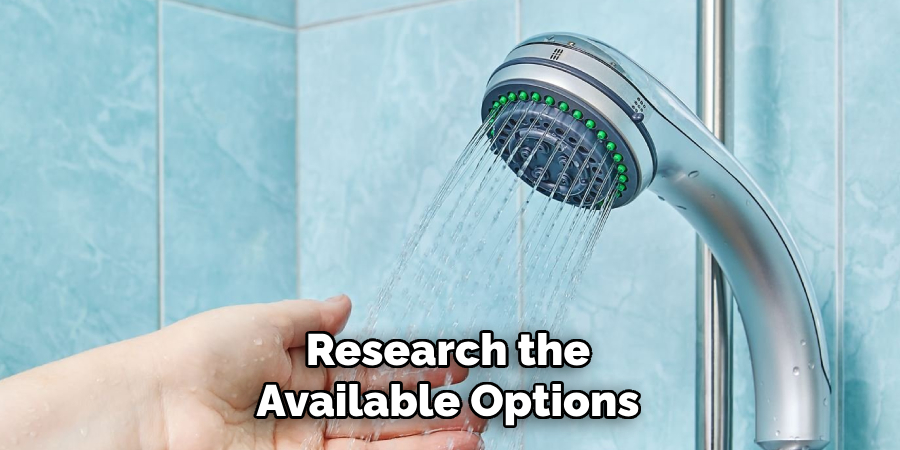
Step 7: Insulate Your Water Heater and Pipes
Insulating your water heater and the surrounding hot water pipes is a simple yet effective way to improve energy efficiency. By reducing heat loss, insulation helps hot water stay warm for more extended periods, decreasing the workload on your water heater and lowering energy costs.
You can purchase inexpensive water heater insulation blankets and pipe insulation materials at most hardware stores. Ensure the insulation is applied correctly, covering areas prone to heat loss without blocking essential components like the thermostat or burner. Taking this step contributes to your water heating system’s overall performance and longevity.
Step 8: Perform Regular Maintenance
Regular water heater maintenance is crucial to ensure its efficiency and extend its lifespan. Flush the tank annually to remove sediment buildup, which can reduce heating efficiency and cause damage over time. Check the anode rod every few years and replace it if it’s heavily corroded, as this component prevents rust from forming inside the tank.
Additionally, inspect the temperature and pressure relief valve to confirm it’s functioning correctly. By dedicating time to routine upkeep, you can prevent significant issues, reduce energy consumption, and keep your water heater operating at its best.
By following these steps and tips, you can easily adjust the temperature setting on your water heater for safer and more efficient hot water use.
5 Things You Should Avoid
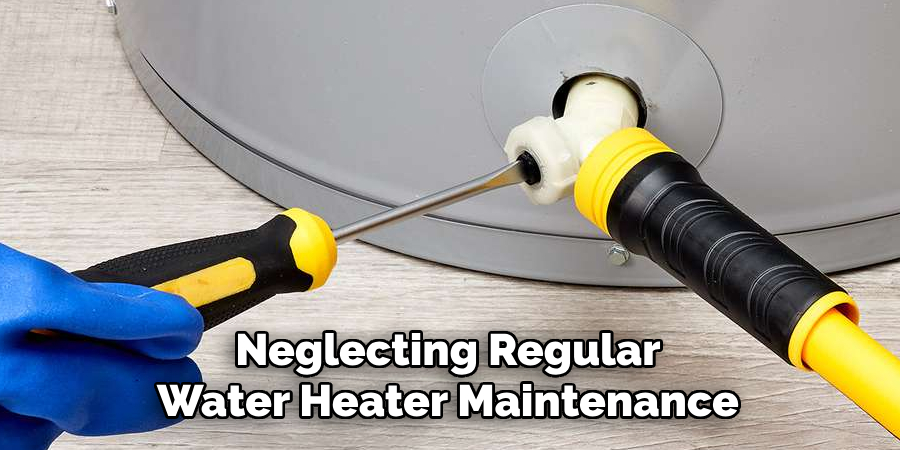
- Tampering with the Water Heater Without Knowledge: Avoid adjusting your settings without understanding how it works. Incorrect adjustments can result in dangerously high water temperatures or damage to the unit.
- Ignoring Safety Precautions: Never skip safety measures such as checking for scald warnings or ensuring the temperature isn’t too high. Hot water burns can occur in seconds, so always prioritize safety.
- Overlooking Routine Maintenance: Neglecting regular water heater maintenance can lead to poor performance. Sediment build-up or worn-out parts can restrict temperature adjustments.
- Turning the Shower Knobs Excessively: Excessive twisting of shower knobs in an attempt to increase hot water may cause wear and tear on the faucet and plumbing without solving the issue of water temperature.
- Skipping Professional Help When Needed: If you cannot fix the issue yourself, don’t avoid calling a plumber or technician. Attempting complex repairs without expertise can exacerbate the problem.
Conclusion
How to turn up hot water in shower requires a careful and measured approach to ensure both safety and efficiency. Always begin by consulting the water heater’s manual for guidance and adhering to safety protocols.
Regular water heater maintenance is essential to prevent issues such as sediment build-up or malfunctioning components that could impact water temperature. If adjustments to the water heater or shower controls fail to resolve the issue, seeking professional assistance can save time and prevent potential damage.
You can enjoy a reliable and comfortable hot water experience without unnecessary risks by prioritizing proper adjustments and maintenance.
About the Author
Adrian Green is a passionate woodworking enthusiast who has dedicated his life to the craft of woodworking. From his early days working alongside his father in the family woodworking shop, Adrian has honed his skills and developed a deep love for creating beautiful, functional pieces with his hands. As the voice behind The Woodenify Blog, he shares his knowledge, tips, and inspiration with fellow woodworkers of all skill levels, helping them build confidence in their abilities while learning new techniques.
Professional Focus
- Specializes in DIY woodworking projects, from furniture making to home décor.
- Provides step-by-step guides, tips, and practical tutorials for woodworkers at any skill level.
- Focused on empowering readers with confidence and knowledge through easy-to-follow instructions and hands-on techniques.
- Passionate about building a community where makers can share, learn, and grow together in the world of woodworking.
Education History
University of Craft and Design – Bachelor of Fine Arts (BFA) in Woodworking and Furniture Design
Woodworking Apprenticeships – Gained extensive hands-on experience through various workshops and mentorships with seasoned craftsmen, refining carpentry and furniture-making skills.
Expertise
- DIY woodworking, carpentry, furniture making, and home décor projects.
- Creating clear, accessible tutorials and guides for beginner to advanced woodworkers.
- Helping readers experience the satisfaction and fulfillment of turning raw materials into stunning finished products.
